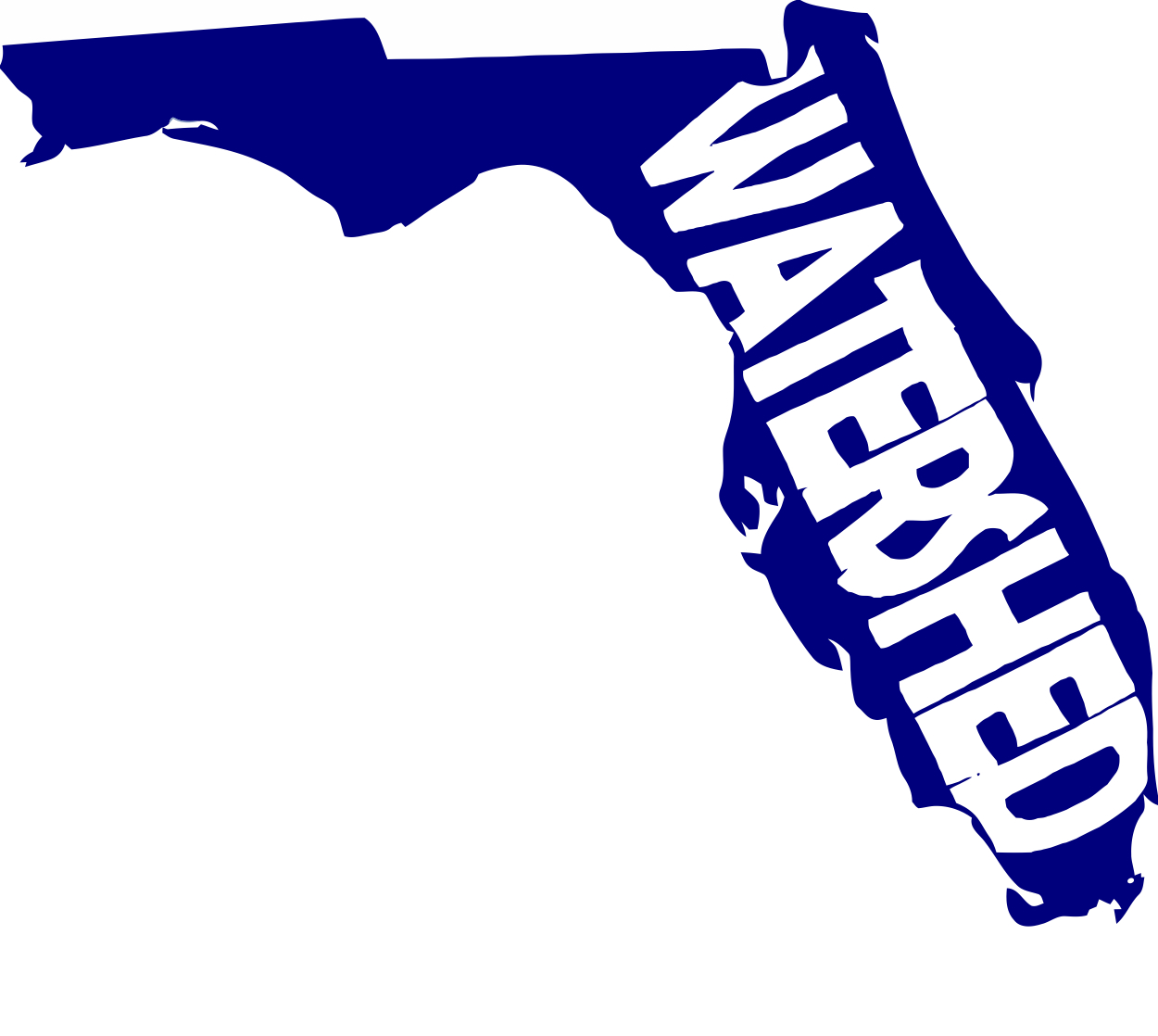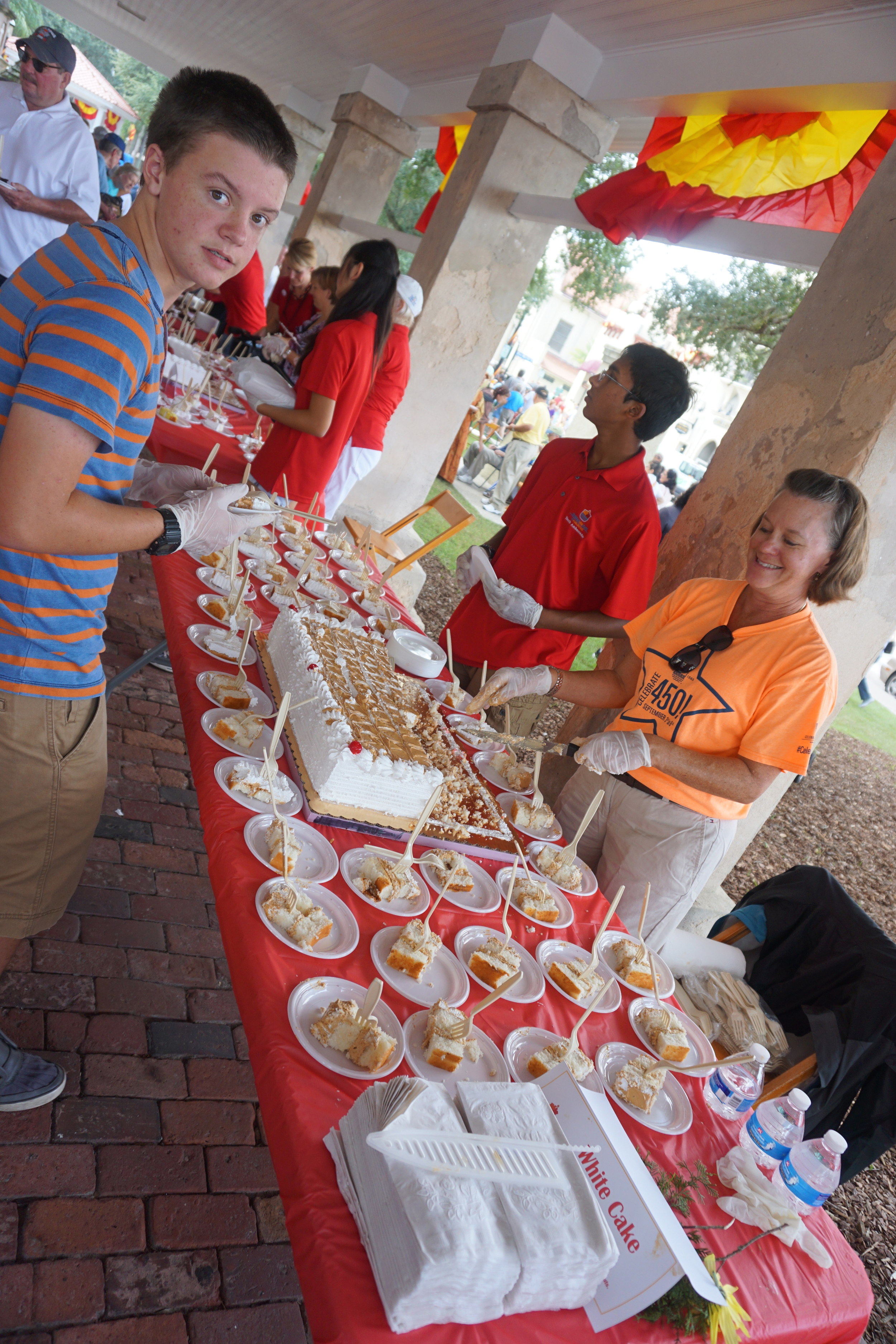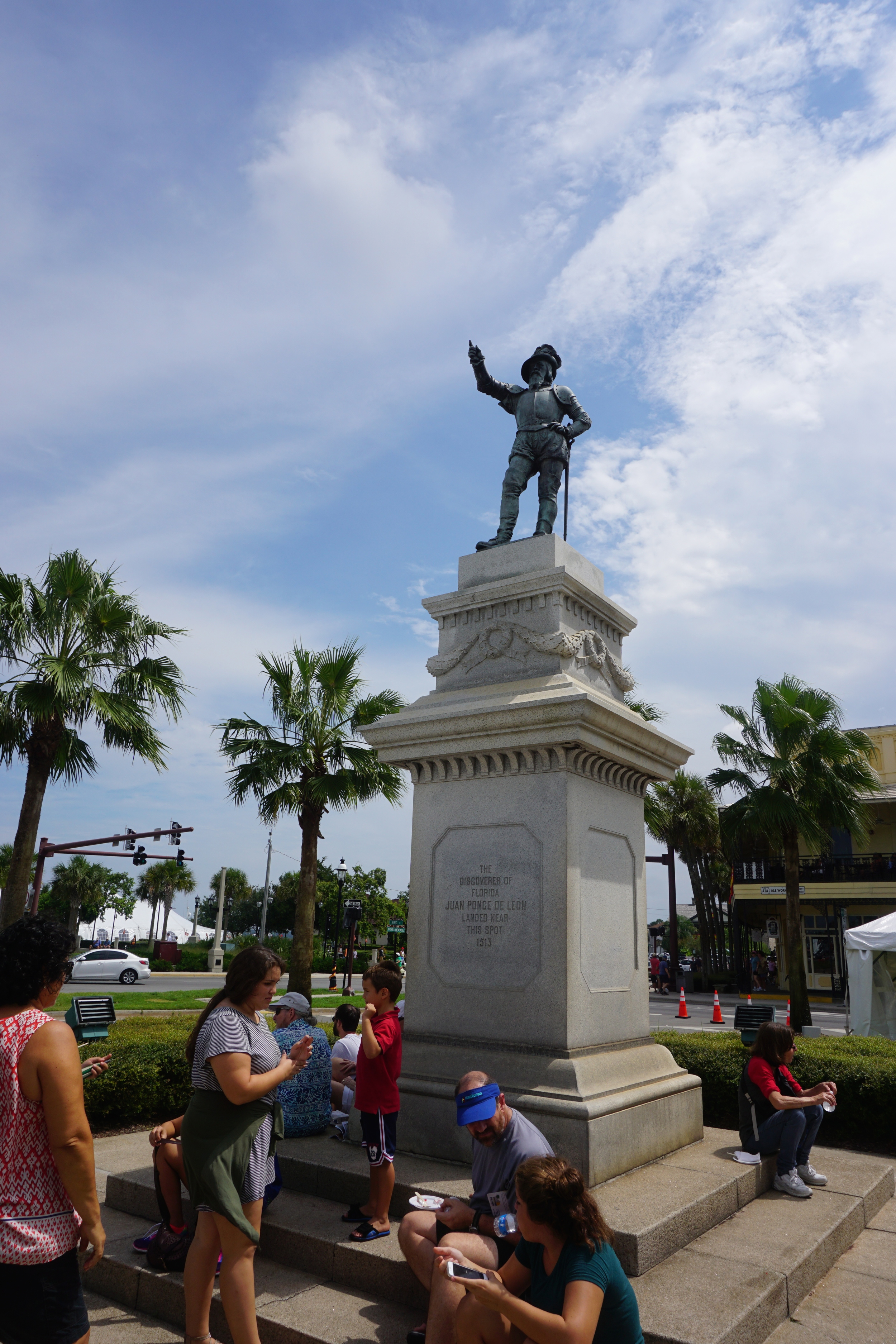“What the conservation community did—they researched,” she says. “How did Florida voters feel about this issue? Is there a disconnect between how everyday citizens think about water and land conservation and how our legislators are funding water and land conservation? They found an egregious disconnect.”
Amendment 1 would restore Florida Forever’s funding for the purchase and management of conservation lands for 20 years. For the upcoming budget year, the mandate is expected to generate more than $700 million from an existing tax on property exchanges.
Though Florida voters overwhelmingly approved Amendment 1, the fight for the amendment is not over. Its fate rests with lawmakers in Tallahassee, who have thus far allocated scant funding for conservation and land acquisition. Last Thursday, the Senate passed a budget with $35 million for Florida Forever and $20 million for restoration of the Kissimmee River. And as of last Wednesday, the House was proposing just $10 million for land acquisition. Both are paltry compared to Florida Forever’s historic $300 million annual budget.
Conservation advocates worry that lawmakers aren’t honoring the will of the voters, and say that they’ll consider legal action if the legislature veers too far from the amendment’s intent.


























